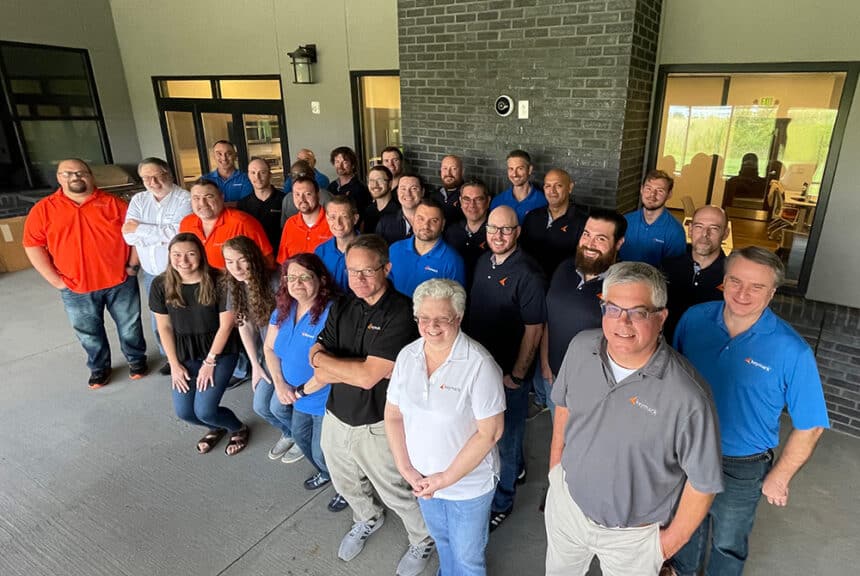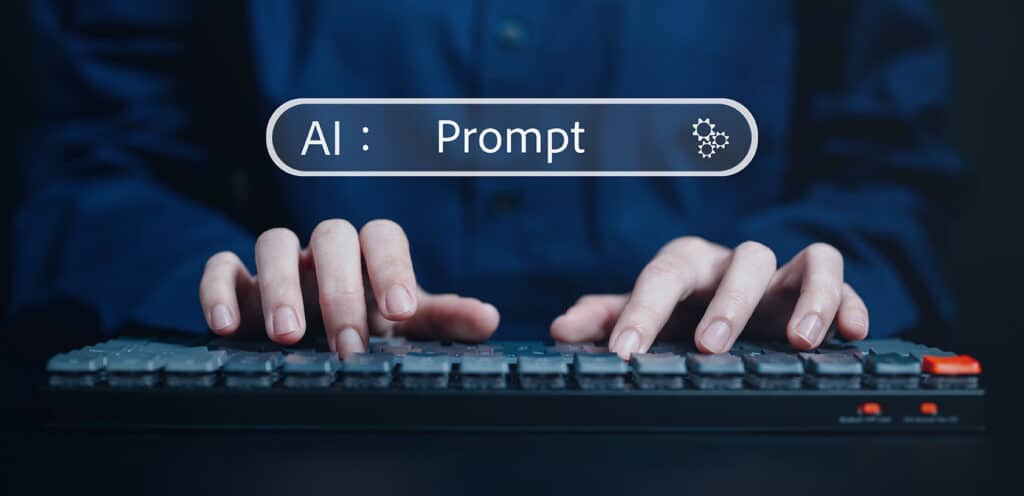Franchise and SaaS Human Resource Solutions, KeyMark Inc.
Today’s human resource (HR) departments face many challenges during the onboarding process of new employees, including data capture. Proper data capture for employee paperwork can have a large impact on the department’s efficiency and compliance with government legislation. New government programs, such as E-verify and the Worker Opportunity Tax Credit (WOTC), have changed the way this data must be processed. Automation of HR onboarding can help centralize the management of these programs to facilitate faster onboarding and reduce risk.
Automation in HR
Automation, in regards to HR departments, is the use of information technologies to streamline business processes in a cost effective manner.
Automated HR systems have an immediate impact on the organization as they eliminate the need for paper forms packets many organizations use today. Paper packets are time consuming to fill out and generate high costs associated with printing. Often times, paper forms packets are wasted as errors are made and the employee must discard the packet and begin with another, resulting in additional expenses associated with printing the forms. Converting paper forms to an electronic format provides the company with reduced expenses and time savings, while providing a central location for managing the forms.
Automation offers additional benefits to the HR department which are not possible with traditional processing practices. Other necessary information that must be captured at the time of hiring can be included in these electronic packets via scanner. When stored, all of the new hire information will be stored within their electronic file.
As another example, consider how employee files are traditionally stored. The need for filing cabinets is eliminated when documents are filed electronically. Retrieving the documents for either daily needs or in the event of an audit is also less burdensome when the files are stored electronically.
Government Programs
E-Verify, the government service that checks for employee citizenship, has changed the landscape of HR onboarding over the last year as some companies are required by law to use the service.
E-Verify requires that you submit new employee information within three days of hire. In many cases, companies that have a distributed structure, such as franchise restaurants, find it difficult to meet the deadline if they are still using a paper onboarding packet and mailing it to their headquarters. By automating the process, you are able to submit the necessary information as soon as it is received, reducing the risks of missing this deadline and accruing penalties.
The Worker Opportunity Tax Credit is another government program important to an HR department. This program is a federal tax credit companies can receive for hiring defined groups of people experiencing high rates of unemployment, such as veterans and youths. Not only must an employee meet the demographic requirement, but they must also work a designated amount of hours for an employer to receive this credit. Many organizations miss out on these federal credits through improper hour tracking. They either do not realize how close an employee is to meeting the hourly requirement or they do not realize the employee has exceeded the required amount of hours and fail to file the necessary information. A system that can automatically track and manage eligible employees ensures the appropriate documentation is filed, and filed on time, in order to receive all possible credits.
Electronic Signatures
Due to the fact that an automated system has electronic documents, electronic signatures must be used to finalize the process. There is some concern that these electronic signatures are less legitimate than their ink counterpart, but those concerns are unfounded. There have been regulations in place in the United States dating back to 1996 that give electronic signatures the same binding power if the proper guidelines are followed.
Under the Uniform Electronic Transactions Act (UETA), an electronic signature is an electronic sound, symbol, or process attached to or logically associated with a record and executed or adopted by a person with the intent to sign. This could be a recorded sound clip giving consent, a unique PIN, or a traditional looking signature of the person’s name.
Above all else, the main benefit that is necessary in an HR system is flexibility. Organization’s needs and government regulations are ever changing. Finding a system that can be easily modified to fit these needs is the key to maximizing efficiency and reducing the risk associated with improper hiring and poor data management.
Summary
Take the Next Step
We can help you decide pretty quickly whether this would be a good fit for your organization. With 20+ years of experience in automation, we just need about 5 minutes of Q&A.



